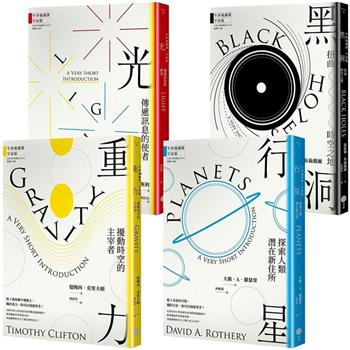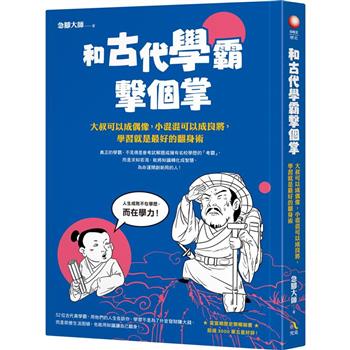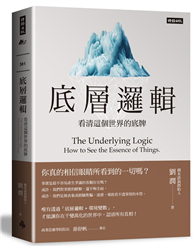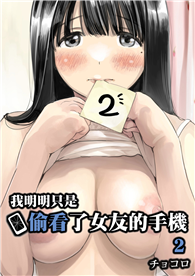Creativity of an Aha! Moment and Mathematics Education introduces bisociation, the theory of Aha! moment creativity into mathematics education. It establishes relationships between Koestler’s bisociation theory and constructivist learning theories. It lays down the basis for a new theory integrating creativity with learning to describe moments of insight at different levels of student development. The collection illuminates the creativity of the eureka experience in mathematics through different lenses of affect, cognition and conation, theory of attention and constructivist theories of learning, neuroscience and computer creativity. Since Aha! is a common human experience, the book proposes bisociation as the basis of creativity for all. It discusses how to facilitate and assess Aha! creativity in mathematics classrooms.
Contributors are: William Baker, Stephen Campbell, Bronislaw Czarnocha, Olen Dias, Gerald Goldin, Peter Liljedahl, John Mason, Benjamin Rott, Edme Soho, Hector Soto, Hannes Stoppel, David Tall, Ron Tzur and Laurel Wolf.
| FindBook |
有 1 項符合
Creativity of an Aha! Moment and Mathematics Education的圖書 |
 |
Creativity of an Aha! Moment and Mathematics Education 出版社:Brill - Sense 出版日期:2021-04-30 語言:英文 規格:平裝 / 普通級/ 初版 |
| 圖書館借閱 |
| 國家圖書館 | 全國圖書書目資訊網 | 國立公共資訊圖書館 | 電子書服務平台 | MetaCat 跨館整合查詢 |
| 臺北市立圖書館 | 新北市立圖書館 | 基隆市公共圖書館 | 桃園市立圖書館 | 新竹縣公共圖書館 |
| 苗栗縣立圖書館 | 臺中市立圖書館 | 彰化縣公共圖書館 | 南投縣文化局 | 雲林縣公共圖書館 |
| 嘉義縣圖書館 | 臺南市立圖書館 | 高雄市立圖書館 | 屏東縣公共圖書館 | 宜蘭縣公共圖書館 |
| 花蓮縣文化局 | 臺東縣文化處 |
|
|
圖書介紹 - 資料來源:博客來 評分:
圖書名稱:Creativity of an Aha! Moment and Mathematics Education
內容簡介
作者簡介
Bronislaw Czarnocha, Ph.D. (1976), Yeshiva University, a quantum physicist and a teacher-researcher, is Professor of Mathematics at Hostos CC, CUNY. He published 50 papers in Mathematics Education and edited four books, including Creative Enterprise of Mathematics Teaching Research (Sense, 2016).
William Baker, Ph.D., teaches mathematics at Hostos Community College CUNY, and as a member of a teaching research team he collaborates with colleagues to research effective instructional methods to motivate students to access their own creativity, and to publish the results.
|











